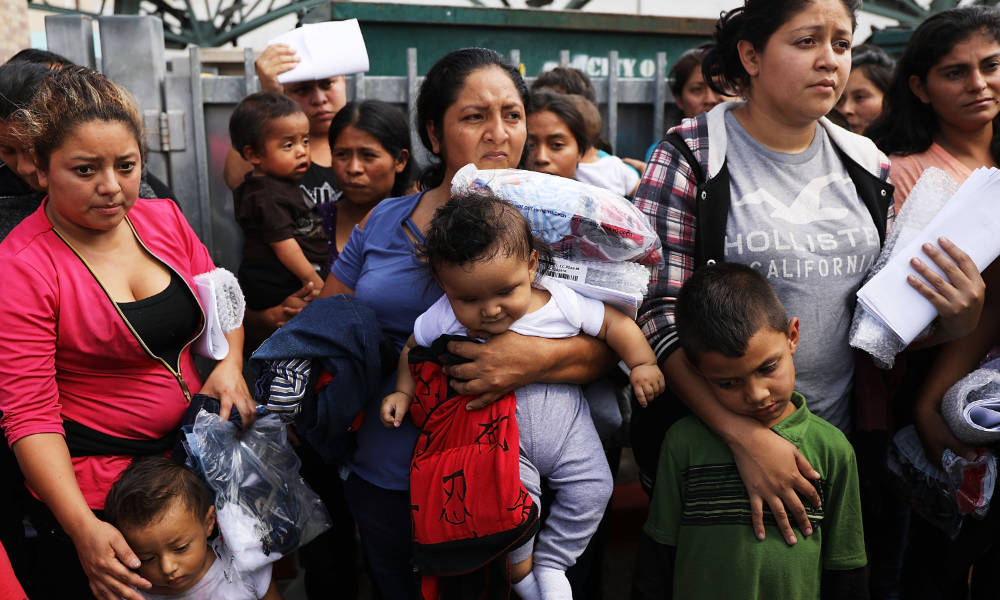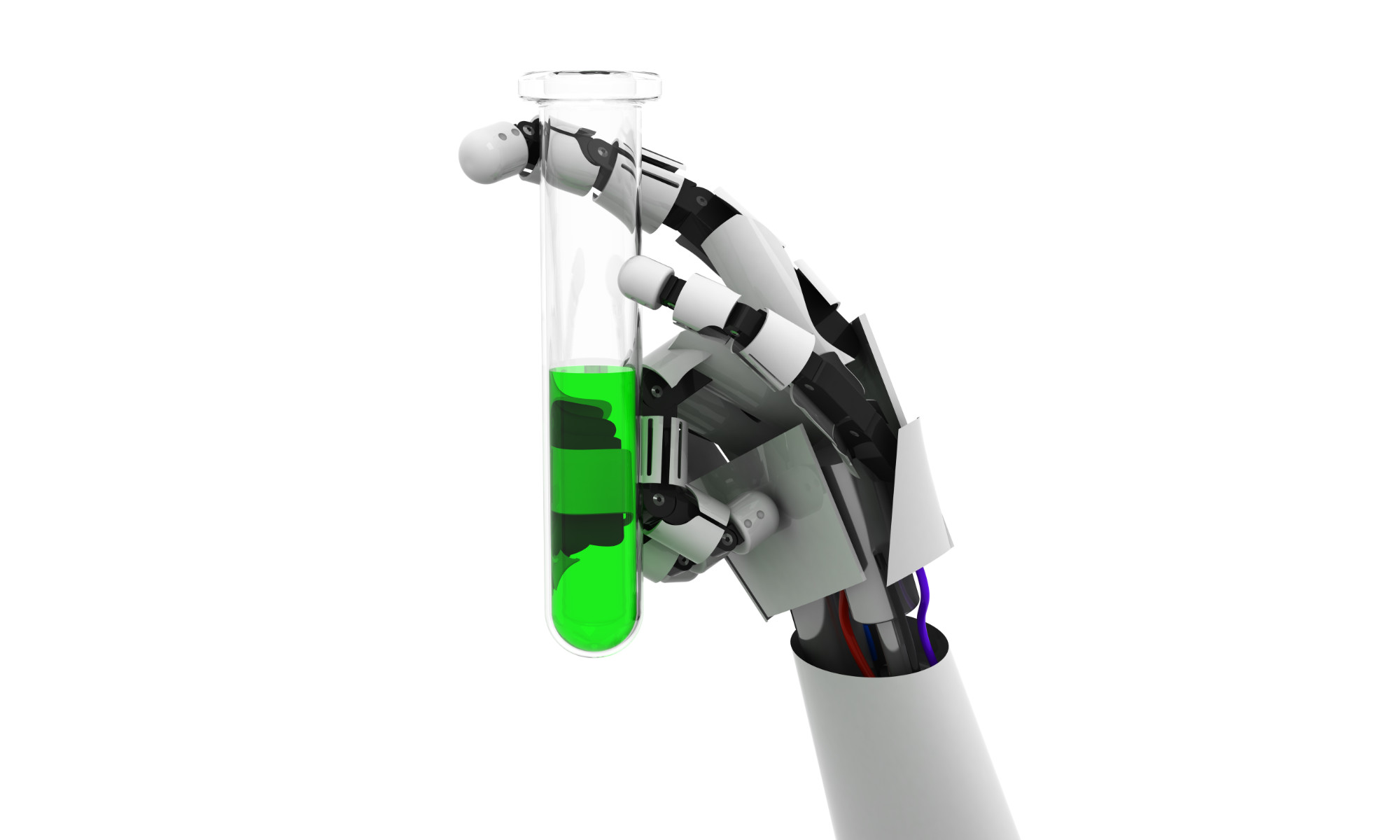The history of eugenics in the United States leaves today’s migrant women vulnerable, argues Brianna Theobald, an assistant professor of history at the University of Rochester, in a Washington Post “Made by History” op-ed.
Theobald writes in response to a whistleblower complaint, which claims that a migrant detention facility—the Irwin County Detention Center—has been the site of “egregious reproductive injustices,” including alleged coerced hysterectomies.
The author of Reproduction on the Reservation: Pregnancy, Childbirth, and Colonialism in the Long Twentieth Century (University of North Carolina Press, 2019), Theobald argues that the “structural vulnerability of detained migrants leaves them susceptible, as has historically been the case for many marginalized communities, to a range of reproductive abuses, as well as to medical neglect and inadequate care.”
According to Theobald, these alleged abuses occur in systems that are driven by “dangerous ideas about racial hierarchies and eugenic interventions.” She writes that “today’s allegations of coerced hysterectomies and sterilization echo the history of eugenics and neo-eugenics,” noting that:
Prominent eugenicist Charles Davenport defined the practice of eugenics as ‘the science of the improvement of the human race by better breeding.’ Eugenics gained popularity in the United States in the early 20th century, appealing broadly across the political spectrum because it promised a scientific solution to social problems stemming from industrialization, urbanization, immigration and changing gender norms.
Theobald further explains the now-discredited notion of eugenics: “The theory held the human race could be improved by encouraging the reproduction of ‘fit’ individuals, specifically the white middle-class families whose declining fertility rates had become the source of much anxiety, and discouraging the reproduction of individuals believed to possess undesirable traits.”
She then outlines several cases of sterilization targeting marginalized populations in US history, including on the Crow Reservation in Montana in the 1930s and in California prisons during the late 1990s and early 2000s, while highlighting the ongoing work of the reproductive justice movement.
- Read the complete op-ed in the Washington Post.
- Learn more about Theobald’s research into the history of efforts by federal and local authorities to manage the reproductive lives of Native families.





